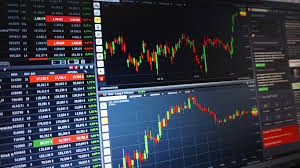Asian stocks opened mixed on Thursday, following the first back-to-back gains for global equities since mid-February, as negotiations in Congress continued toward a vote on the U.S. stimulus bill later this week.
(Reuters) - Vehicle sales in U.S. states that implemented lockdown orders to curb the spread of the coronavirus will drop 80% or more, analysts said on Wednesday.
MELBOURNE (Reuters) - Oil prices were mixed on Thursday following three days of gains, with the prospect of rapidly dwindling demand due to coronavirus travel bans and lockdowns offsetting hopes a U.S. $2 trillion emergency stimulus will shore up economic activity.
SINGAPORE (Reuters) - Asian stock markets made a cautious start on Thursday following two days of rallies, as investors await the passage and details of a $2 trillion stimulus package in the United States to combat the economic fallout from the coronavirus.
KUALA LUMPUR: The movement control order (MCO), imposed to curb the spread of Covid-19, will be extended until April 14, said Prime Minister Tan Sri Muhyiddin Yassin in a special address today.
The International Monetary Fund said it expects a global recession this year that will be at least as severe as the downturn during the financial crisis more than a decade ago, followed by a recovery in 2021.






